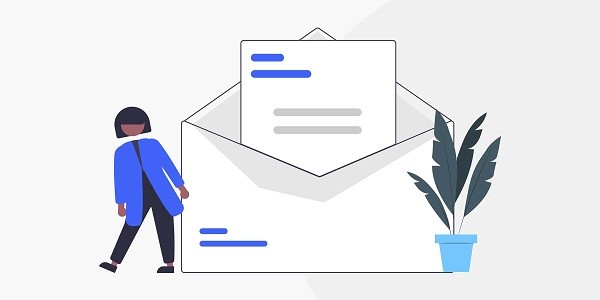This article analyzes the core value and implementation principles of Geosurf technology, explores how to optimize global business through proxy IP services, and introduces IP2world's professional solutions in the fields of dynamic residential proxy, static ISP proxy, etc.What is Geosurf and how does it relate to proxy IP technology?Geosurf is a network access technology based on geographic location simulation. By dynamically switching IP addresses and server nodes, users can break through geographic restrictions and access online content or services in a specific area. Its core logic is to use a distributed proxy server network to route user requests to the target area, thereby achieving "virtual location" disguise.In global business scenarios, Geosurf technology is often deeply bound to proxy IP services. For example, companies need to conduct market research, advertising verification, or competitive product analysis through IPs in different regions. At this time, the quality of the proxy IP directly determines the effect of Geosurf - low latency, high anonymity, and stable IP resources are the key to ensuring data accuracy. As a global leading proxy IP service provider, IP2world's dynamic residential proxy, static ISP proxy and other products can provide underlying technical support for Geosurf applications. How does Geosurf help companies achieve accurate market positioning?When expanding into new markets, multinational companies need to verify the real feedback from local users on their products, advertisements or services. Geosurf technology helps companies obtain unmodified localized data by simulating the user access behavior in the target area. For example, e-commerce platforms can use Geosurf to detect whether the prices of goods in different countries are accurate, and advertisers can verify whether the materials they deliver meet the requirements of regional policies.Such scenarios require extremely high coverage of proxy IPs. Taking IP2world's dynamic residential proxy as an example, it covers real residential IP resources in more than 200 countries around the world and supports high-frequency IP rotation, which can avoid triggering the anti-crawling mechanism and ensure the diversity of data collection. What technical indicators should I pay attention to when choosing Geosurf services?IP type matching: Dynamic residential proxies are suitable for scenarios that require frequent IP switching (such as social media operations), while static ISP proxies are suitable for long-term fixed IP needs (such as server operation and maintenance);Geographical coverage: Ensure that the proxy IP database includes target business regions, such as emerging markets in Latin America and Southeast Asia;Request success rate and latency: The stability of the IP pool directly affects the execution efficiency of Geosurf tasks. IP2world's exclusive data center proxy provides 99.9% availability guarantee, which is suitable for enterprise-level applications with strict reliability requirements. How does IP2world provide technical empowerment for Geosurf?IP2world's proxy IP service covers Geosurf's full-link needs:Dynamic residential proxy: supports automatic rotation and session retention through a real home broadband IP pool, suitable for scenarios that require simulating natural user behavior;Static ISP proxy: provides long-term stable fixed IP, suitable for continuous tasks such as brand monitoring, localized server testing, etc.S5 proxy and unlimited servers: Provide high concurrent processing capabilities and elastic resource expansion for large-scale data collection needs.For example, a cross-border marketing team used IP2world’s dynamic residential proxy to successfully collect social media trend data from 10 countries within 48 hours without being marked as abnormal traffic by the platform. How will Geosurf technology evolve in the future?As global data compliance policies tighten, Geosurf technology will pay more attention to legality and privacy protection. Future proxy IP services need to balance two needs: one is to dynamically optimize IP allocation strategies through machine learning, and the other is to establish a data processing mechanism that complies with GDPR, CCPA and other regulations.IP2world has integrated traffic encryption and user authorization management systems into its technical architecture. Its proxy IP products not only support HTTPS/SOCKS5 protocols, but can also customize compliance audit logs according to corporate needs to ensure the legality of Geosurf applications. ConclusionAs a professional proxy IP service provider, IP2world provides a variety of high-quality proxy IP products, including dynamic residential proxy, static ISP proxy, exclusive data center proxy, S5 proxy and unlimited servers, suitable for a variety of application scenarios. If you are looking for a reliable proxy IP service, welcome to visit IP2world official website for more details.
2025-03-24





